Basilica of Santa Croce in Gerusalemme

The Church of the Holy Cross of Jerusalem is filled with important relics, yet is overlooked by many tourists. When Emperor Constantine wanted to make Rome the capital of Christianity, he naturally started by constructing a church. Following his conversion, Constantine issued the Edict of Milan in 313 recognizing Christianity as valid religion. The church of Santa Croce in Gerusalemme started as a chapel in the Imperial palace, where Constantine's mother Elena lived. It was likely her personal devotional chapel that later became a full-fledged basilica.
Legend holds that Elena made a pilgrimage to the Holy Land and by miraculous discovery found holy relics related to the crucifixion. Some think the relics may have been purchased, but in any case, they were transported to Rome and housed in the chapel, where they remain on display today. In subsequent years, demand for holy relics spawned a sort of black market, which of course led to counterfeits as well as relic swaps and thefts.
The church underwent many expansions and alterations through the years to become its current basilica, which is one of the seven pilgrimage basilicas visited by the devout, especially during Jubilee years. The large structure's current aspect is mostly Renaissance and Baroque, when the last main restorations took place. Downstairs however is the original chapel dating to 320 AD that was part of the Roman imperial residence of Elena, known as Palazzo Sessoriano. It is said that below the floor of the chapel is soil from the Holy Land. Frescoes depict the Finding of the True Cross.
The Chapel of the Holy Relics is the focal point, housing Elena's finds. Here are the reliquaries containing the relics said to have been found on Mt. Calvary: fragments of the cross of Christ; two thorns from the crown placed on his head; one of the nails used in the crucifixion; a large piece of the cross of the repentant thief; and stone fragments of the scourging pillar. There is also a finger that is said to that of St. Thomas, the one dubbed the "doubting apostle" who put his finger in the wounds of the risen Jesus to confirm his identity. There is also a wooden inscription attributed as the Titulus Crucis, the crucifixion sign, written in Hebrew, Greek, and Latin.
Apart from these important treasures, the church also boasts eight Roman-era columns from the ancient palace, and perfectly preserved mosaic flooring known as Cosmatesque style, a particular style of the early Christian era in Rome. There is also a museum that preserves the original church's 12th century frescoes and Gothic statues.
The Basilica of the Holy Cross of Jerusalem is located between Saint John Lateran and Porta Maggiore, near the ancient Aurelian Wall that once encircled Rome.
Open 7:00 am-12:45 pm and 15:30-19:30 daily.
Address in Rome:
Piazza di Santa Croce in Gerusalemme.
Have a look at our holiday homes in Rome.

 Amalfi Coast
Amalfi Coast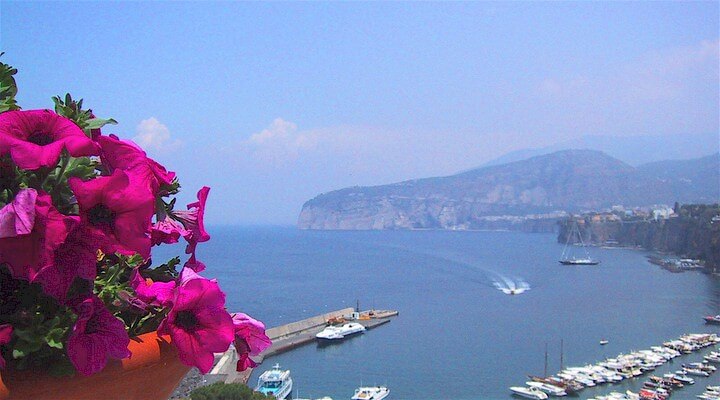 Sorrento Coast
Sorrento Coast Tuscany
Tuscany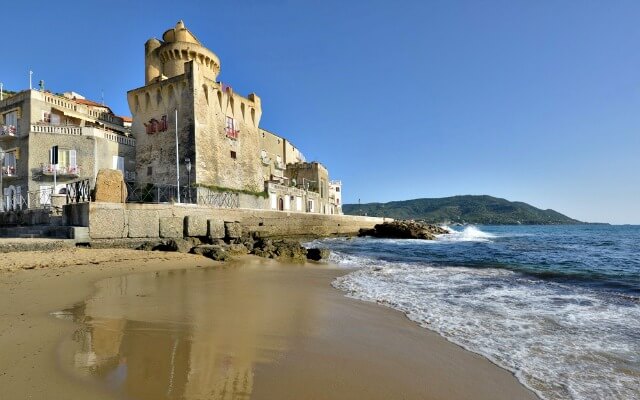 Cilento National Park
Cilento National Park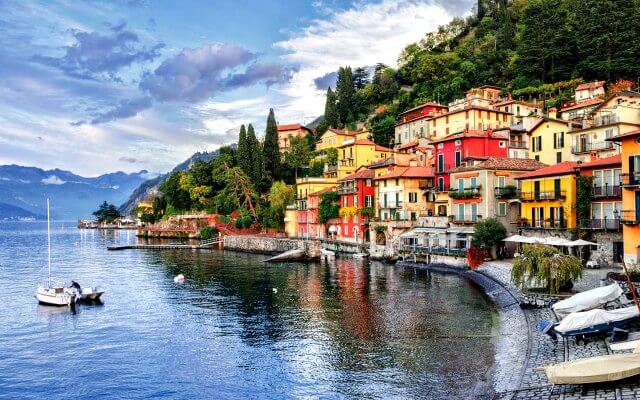 Lake Como
Lake Como Rome and Latium
Rome and Latium Umbria
Umbria Capri and Ischia
Capri and Ischia Venice
Venice Puglia (Apulia)
Puglia (Apulia)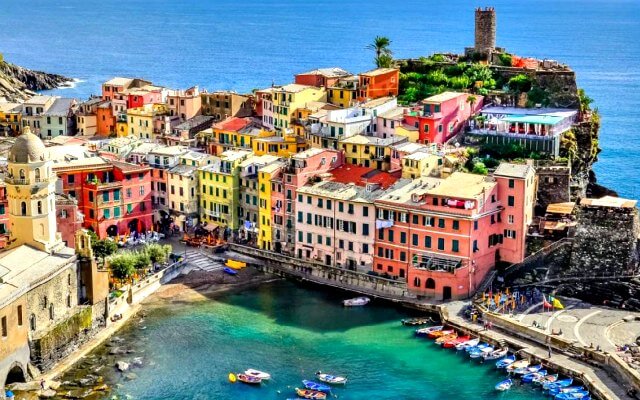 Liguria
Liguria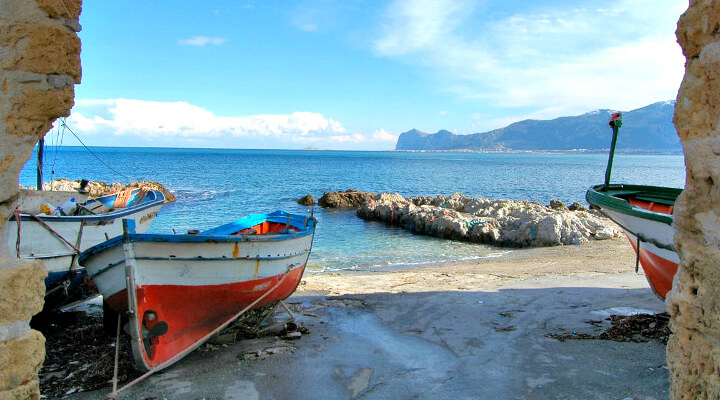 Sicily
Sicily Lake Maggiore
Lake Maggiore Lombardy
Lombardy Sardinia
Sardinia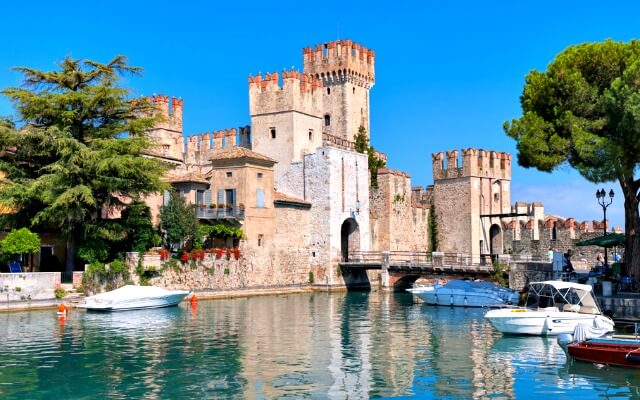 Lake Garda
Lake Garda Abruzzo and Marche
Abruzzo and Marche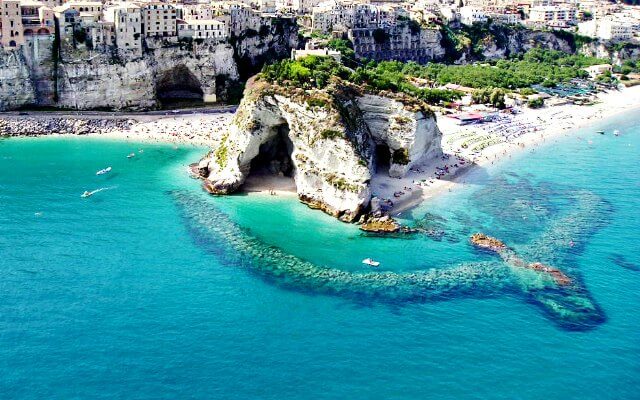 Calabria
Calabria